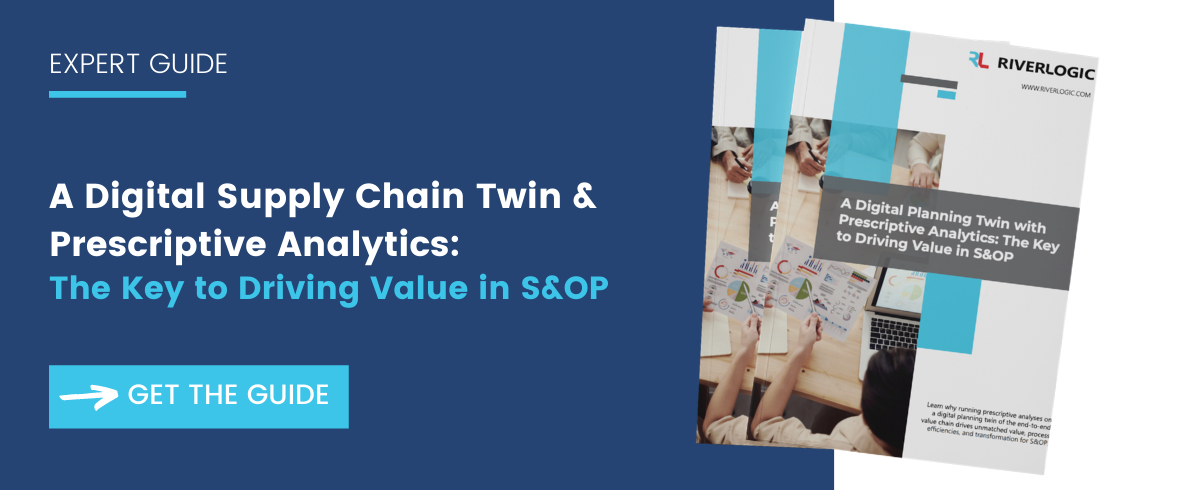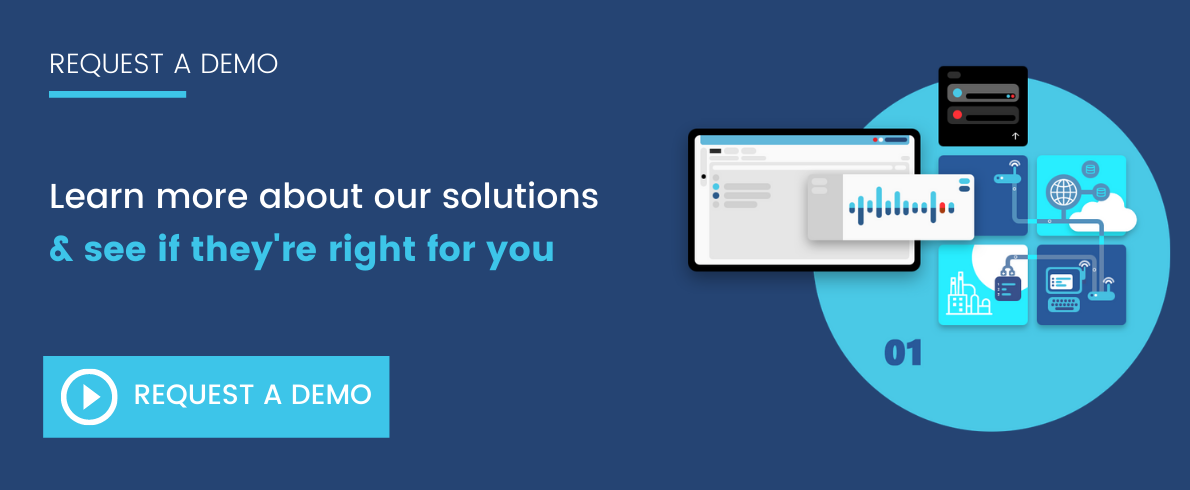When evaluating supply chain planning software capabilities, it’s instructive to understand what we mean by supply chain planning. We’re not referring to production and scheduling using MRP or ERP systems but rather to high-level supply chain planning software that facilitates long-term, tactical, and operational planning processes.
Gartner defines it as a supply chain planning suite sitting above transactional systems. Using tools such as mathematical optimization, scenario planning and prescriptive analytics, supply chain planning helps you determine the right planning decisions for your business. Here are nine supply chain planning software capabilities to consider in 2021 and beyond.
1. Supply Chain Modeling
To fully understand your supply chain, you need a realistic model. The model should respond in the exact same manner to inputs as your actual supply chain does. Your supply chain model needs to flexible so you can adapt it to reflect current supply chain realities. Look for modeling software that’s transparent and uses modern visual modeling software.
2. Real-Time Data
Supply chain planning software should use data in real time, or as close to real time as practicable. If not, your decisions and recommendations may be flawed and out of date. With the greater availability of unstructured data, planning software capabilities should include the ability to handle big data.
3. Easy Data Integration
Supply chain planning software should have superior data integration capabilities, able to read and extract data from multiple sources. You need to automate data collection, so data flows seamlessly within your ERP as well as to your supply chain planning software suite. Also, don’t lose sight of the importance of syncing financial and non-financial data.
4. Recognize Constraints
Supply chain planning software should recognize constraints. A constraint is anything that restricts or limits a function or operation. It could be a financial, legal, capacity or physical constraint. If this isn’t the case, then there’s a significant risk of the plan being impractical or infeasible.
5. Digital Twin
As your modeling capabilities mature, consider developing a digital twin. In Gartner’s terms, a digital twin is a high-resolution digital representation of a unique physical object. Advantages of a supply chain digital twin include the ability to monitor what’s happening in the supply chain in real time, identify bottlenecks, and evaluate supply chain scenarios and options.

6. Prescriptive Analytics
Your supply chain planning software should incorporate prescriptive analytics capabilities. There are two forms of prescriptive analytics: heuristics and exact. Heuristics use rules, while prescriptive analytics use mathematical optimization algorithms to find the best answer to business questions. In complex scenarios, mathematical optimization is usually preferable.
7. Scalability
Look for scalability in your supply chain planning software. Scalability allows you to adapt your modeling as your organization grows or as you extend your model to cover more aspects of the supply chain. Supply chain planning software hosted in the cloud generally offers the best scalability.
8. End-to-End Capabilities
Supply chain planning software should have end-to-end capabilities. By this, we mean you should be able to expand the model to optimize the entire value chain from one end to the other. This capability should include financial integration together with an ability to extract data from other functions like manufacturing, logistics, and human relations.
9. Scenario and What-if Planning
Scenario planning is a key function of supply chain planning software. This is the ability to consider what will happen in various scenarios. Examples include chip shortages affecting automakers or COVID-related supply chain disruptions. Optimization-based scenario planning helps you determine the best trade-off to protect your supply chain.
Closing Remarks
So far, we’ve focused on technical supply chain planning software capabilities. There’s one more feature that’s crucial: ease of use. To gain maximum traction, you need a solution that’s easy to program, easy to modify, and easy to work with. This means no black box run by a highly specialized OR team. You’re looking for supply chain planning software your business analysts, line managers, and other key personnel can understand and use. You need optimization software that’s visual and easy to program without resorting to hard coding; this is a capability found with fifth-generation visual modeling languages.




